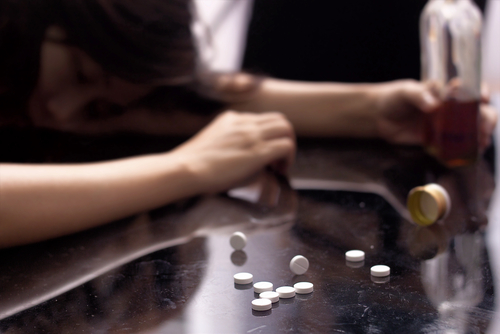When it comes to entering a recovery facility for substance use disorder (SUD), there is a lot to consider. You’ll want to find a facility and treatment program that will meet your recovery needs.
Most facilities will offer a variety of treatment programs. If you are new to recovery, you might be overwhelmed by the options and not know where to start.
Types of Treatment Program Options
Finding the treatment program option that’s right for you is important. Which treatment program will be best for you depends on several factors. Your financial situation, the severity of your SUD, and your level of familial responsibilities may all play a role in this decision.
Supervised Detox Treatment Program
Depending on the severity and type of SUD, you may or may not need to start with a supervised detoxification program.
Detox programs help you manage physical and mental withdrawal symptoms. These programs are designed to make the withdrawal process as painless as possible.
Many detox programs offer medicated-assisted treatment (MAT), which refers to the use of FDA-approved drugs to help people wean off substances. Even if MAT is not appropriate for your situation, supervised detox can make this process safer and more comfortable. Your medical condition will be monitored so that you can get the help you need before withdrawals become life-threatening. You will also be provided with encouragement and support.
Residential Treatment Center (RTC)
After detox, many people enter into residential inpatient treatment. This is the most intensive and expensive treatment program option. RTC programs vary in price, but the cost of room and board and access to 24/7 professional care will always be more expensive than the cost of programs that don’t require residency.
However, there are many valuable benefits that residential programs provide. One of the biggest benefits of RTC is that you can focus on your recovery without distractions. Being a resident at a treatment facility allows you to take a break from your normal life. By physically removing yourself from life stressors, you’ll be able to focus on healing and personal growth.
RTC also gives you more time to become acquainted with the recovery community, build relationships with peers, and grow your support network. Being able to spend a month or longer with your peers will allow for significant bonding. The connections you make with your peers during treatment can last you a lifetime and can become a vital part of your support network.
Furthermore, RTC programs can more easily attend to the entirety of your well-being. Many residential treatment centers offer modalities such as yoga, hiking, or cooking classes. This allows you to work on all aspects of your physical, mental, and spiritual well-being. While most RTC programs last 28 to 30 days, many treatment centers will allow you to stay longer if you need.
Partial Hospitalization (PHP)
For people who are looking for intensive care but can’t afford the price of RTC, PHP may be the right option for you. While PHP programs aren’t residential, they are intensive and can include some of the benefits of a residential program. During a PHP program, you’re still spending most of your time in treatment. This allows you to make recovery your number one priority.
Since PHP programs often involve group therapy sessions, you still have the opportunity to connect with your peers. However, you will likely miss out on modalities such as hiking or yoga. Typically, PHP programs require attendance 3 to 5 days a week for about 4 to 6 hours.
Some people may use PHP as a stepping stone in their recovery between residential and outpatient programs.
Intensive Outpatient (IOP)
This type of treatment program is usually for people who have either already completed RTC or PHP. IOP might also be the best option for you if you have familial responsibilities that cannot go without your attention.
The time commitment for IOP is not as high as RTC or PHP. Most programs meet about 3 days a week with 3-hour sessions. This allows you to have extra support and learn new coping skills as you transition to dealing with life stressors.
Since IOP sessions won’t take up most of your day or week, IOP provides the flexibility you need to attend to other responsibilities.
Sober Living Home (SLH)
After you completed an RTC, PHP, or IOP program, you can decide to join an SLH. An SLH allows you to exercise independence while not being totally on your own in recovery.
Many SLHs have mental professionals nearby or on-site who can guide you as you face some of the stressors of life you didn’t have to deal with when you were in a therapy bubble. SLH can also help expand your support network as you learn how to live and work with your peers.
Choosing a Treatment Program That’s Right for You
Every person will have different recovery needs. There is no wrong or right way to go about your recovery journey. However, the more you know about the treatment options out there, the better you can make an informed decision about which treatment program is right for you.
Choosing a recovery facility can be a daunting first step in your recovery. Fortunately, knowing the type of treatment program you’re looking for can help you narrow down your options. At Pathways Recovery Center, we offer a variety of treatment programs to accommodate your recovery needs. Our RTC program averages a 30- to 45-day stay, but we welcome you to stay as long as you need so you can take your recovery one day at a time. If you or someone you know is struggling with substance use, call (888) 771-0966 to learn more about how Pathways Recovery Center can help you have a successful recovery by meeting you where you’re at.




